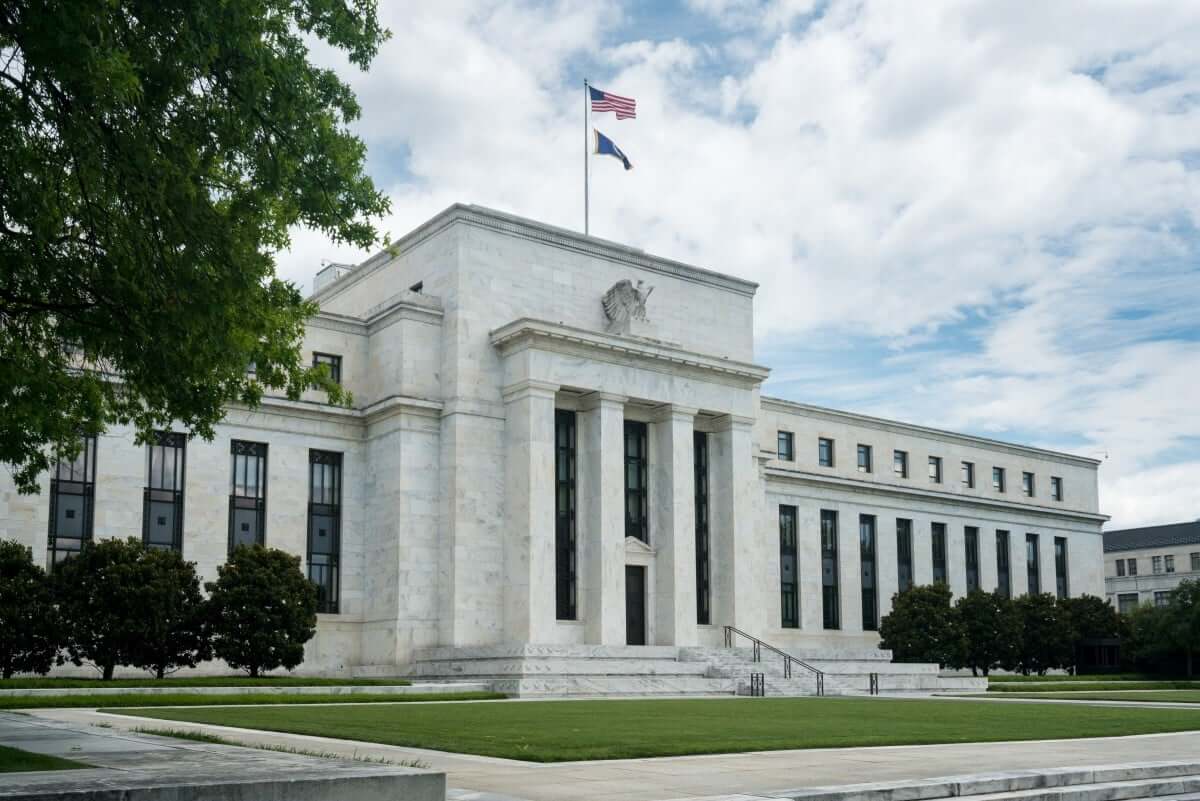
War and Inflation Deal the Fed a Difficult Trifecta
In December, when there was only a pandemic to worry about, Federal Reserve officials rallied around the view that they could tame inflation with modest interest rate hikes while the economy and labor market thrived.
A European war layered on top of the healthcare crisis. US central bank policymakers should meet this week; they will decide how much damage to that rosy outlook and whether their hopes for an economic “soft landing” have been diminished or dashed entirely.
At the end of its two-day policy meeting on Wednesday, the Fed is almost certain to raise its benchmark overnight interest rate by a quarter percentage point. More critical will be projections of how far policymakers believe interest rates will need to rise this year, as well as in 2023 and 2024, to tame inflation, which has blown past their expectations.
Suppose their forecast for the federal funds rate exceeds what is considered a neutral level of around 2.50 percent. In that case, it indicates that the mood within the policymaking Federal Open Market Committee (FOMC) has shifted. Moreover, its members see a need to curb the economy eventually. In December, most Fed policymakers predicted that the rate would only need to rise to 2.10 percent by the end of 2024.
Inflation is three times the Fed’s 2 percent target and a hotly debated political issue; it has emerged as the main threat, threatening not only the Fed’s policymaking prowess.
This week, the Fed will not only reverse its pandemic emergency measures; it will also have to guide the public through the maze of competing for economic and geopolitical considerations it is juggling.
GameChanger
The list of issues that policymakers are debating this week has grown quite long.
Since the last policy meeting in late January, inflation has shown no signs of slowing; it put the Fed’s current stance even further out of step with a growing economy. Longer-term inflation expectations, which the central bank is particularly concerned about as a sign of losing public trust in its ability to control prices, have also begun to rise.
The Ukraine war has no clear endgame and could fuel even more inflation through higher energy costs, further disruption to supply chains, or even a global trade and governance reordering, resulting in persistently higher prices.
On the other hand, there are signs of the pandemic easing, which could add momentum to a strong recovery. Data released earlier this month showed a significant increase in job growth in February; it showed an upward rise for January and December. Last month’s halt in wage increases alleviated concerns that workers’ pay and prices would begin to ratchet up against each other.
According to recent Fed data, household savings remained high through 2021; this provided a savings buffer. The hedge helps Americans absorb the costs of higher gas and food prices without reducing other areas of spending.
Powell stated clearly in testimony to Congress earlier this month that his focus is on inflation. Moreover, he added that he is ready to raise interest rates.
-
Support
-
Platform
-
Spread
-
Trading Instrument




